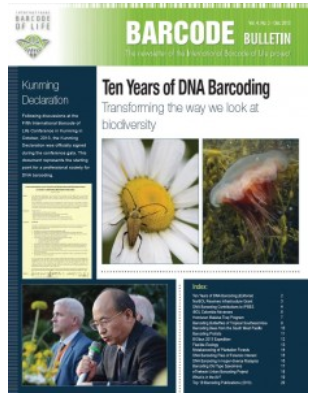This week was dedicated to phylogenetics. In five intensive sessions on the computer lab, students were practising exercises using a range of different software packages. The main purpose with the course is to get some hands-on experience with the work-flow from phylogenetic data to phylogenetic trees and their interpretation. Course instructors were teachers and PhD-students associated with the Invertebrate Collections.
The course is also open for students in the internordic Research School in Bioinformatics run by four university museums in Norway: ForBio. In addition to students from UiB, this year we also had visitors from the Universities of Iceland, University of Copenhagen, Gothenburg University, University of Oulu, and the University of Salford, UK.
Author Archives: EW
International Conference on Crustacea in Frankfurt
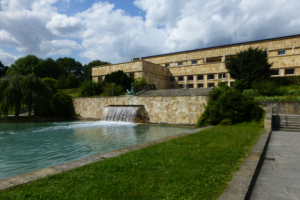
The Casino building of the Goethe University
Almost 300 researchers from many nations were convened last week at the beautiful Campus Westend of the Goethe–University in Frankfurt for the 8th International Crustacean Congress (ICC-8). Many interesting talks and high quality posters were presented over six days. A special workshop on DNA-identification and barcoding filled the auditorium to the the edge and left many attendants standing through the session. EW gave a 15 minutes talk on results from our barcoding of decapods and stomatopods. He particularly emphasized how barcoding can reveal discordant species identifications among different labs and research environments and pinpoint the need for reidentification and / or taxonomic revision of species.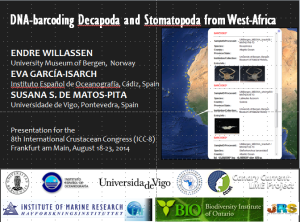
Kenneth Meland (BIO, UiB) presented results from phylogenetic analyses of the ancient group Lophogastrida. Separate analyses of morphological characters and DNA from four genes show surprisingly congruent results and have given us a new understanding of relations among the families of the group. Meland cooperates with EW and Stefan Richter (Univ. Rostock) in this project.
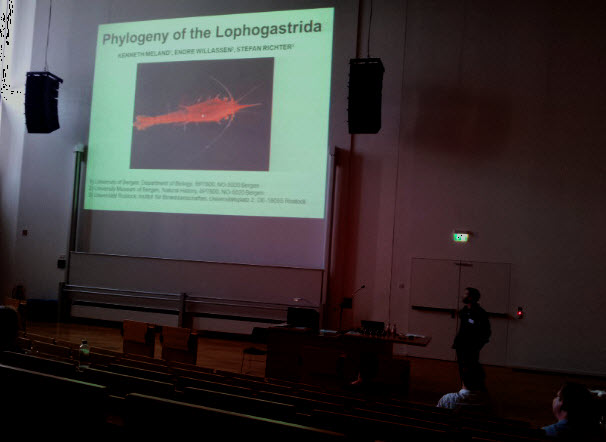
Publicity in Barcode Bulletin
Barcode Bulletin is a newsletter from International Barcode of Life (IBOL). Barcode Bulletin Vol. 4, No. 2 – December 2013 has recently published two stories about activites we are involved in. One nice piece of news is that the Norwegian Biodiversity Information Center and the Research Council of Norway has decided to fund the NorBol consortium. The other news are about our summer 2013 workshop in the MIWA-project which was co-funded via IPBES.
World Congress of Malacology, Azores, July 2013
The World Congress of Malacology is the major scientific international meeting in the field of malacology (the study of molluscs) and takes place every third year.

Five of six delegates from the University Museum of Bergen. From left to right: Trond Oskars, Andrea Zamora, Christiane Todt, Manuel Malaquias, Lena Ohnheiser
This year the event was hosted by the University of the Azores in the island of São Miguel between the 21 and 28 of July. Over 400 enthusiastic scientists from all over the World gathered in the middle of the Atlantic Ocean to discuss during five days the latest advances in this science covering various aspects of phylogenetics, biodiversity, ecology, palaeontology, conservation, pest management, adaptations to extreme environments, biogeography, speciation, etc.

Trond Oskars (master student) presenting part of his master thesis on the systematics of cephalaspidean gastropods at the Opisthobranchs Symposium
A delegation from the University Museum comprised by six scientists and students have participated in the event, namely Christiane Todt (post-doctoral researcher), Lena Ohnheiser (research assistant), Andrea Zamora (PhD candidate), Nina Mikkelsen (PhD candidate), Trond Oskars (MSc. student), and Manuel Malaquias (assistant professor). In total, members of the University Museum were co-authors in 14 scientific contributions: four posters and 10 talks presented at the Aculifera and Opisthobranchs symposiums.
The next congress will take place in Penang, Malaysia in 2016 and we look forward for it!
Focus on West African crabs (Brachyura)

R/V Dr Fridtjof Nansen sampling stations for which benthic samples have been deposited in the Invertebrate Collections of Bergen. Red dots: the Canary Current Large Marine Ecosystem (CCLME). Yellow dots: the Guinea Current Large Marine Ecosystem (GCLME)
Since 2005 the research vessel R/V Dr Fridtjof Nansen has been sampling benthic invertebrates on the continental shelf of the large marine ecosystems (GCLME and CCLME) of West Africa. A large bulk of the material is kept in our collection and is being processed for taxonomic and other studies by several workers.
These days we are particularly focusing on the true crabs (Brachyura) and are preparing specimens for DNA barcoding with the BOLD system. This work will produce open access data (genetics, morphology, distribution) to enhance a broader knowledge about Atlantic marine biodiversity. The project is financially supported by JRS Biodiversity Foundation.
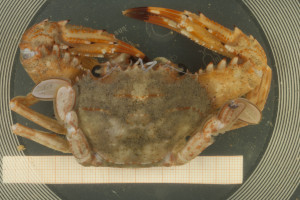
Cronius ruber (Lamarck, 1818) caught off Guinea at 35 m depth in May 2012. (Identification E.Willassen)
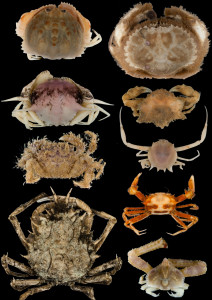
A small assembly of crabs photographed and prepared for DNA barcoding. Some specimens have still kept some colors despite being preserved in ethanol
Welcome!
The Invertebrate Collections is one of the University Museum’s large collections of scientific zoological material. “Invertebrates” is a traditional grouping for animals without a backbone. At our museum, like in many other scientific collections, invertebrates is the remaining part of the animal kingdom when vertebrates, insects, spiders and millipedes (entomology) have been accounted for. Invertebrates therefore is a diverse group of very different animals with often spectacular ways of life in many types of environments. We still know very little about many species of invertebrates because they are difficult to study and identify. Many species are also still undiscovered. Scientific collections are fundamental sources of knowledge about our zoological diversity. On these pages we want to inform about the contents of the collections and about past and current activities.
If you are interested in doing your master degree in marine biodiversity or adjacent topics at the University Museum of Bergen, we have a blog with currently available thesis topics in marine biodiversity which can be found here.
Our permanent web pages can be found here
For norsk versjon av bloggen, klikk her


